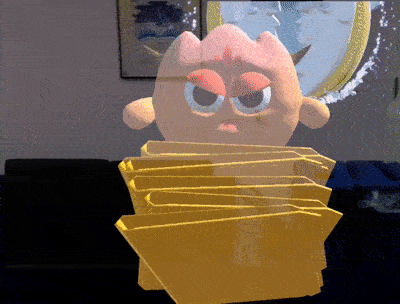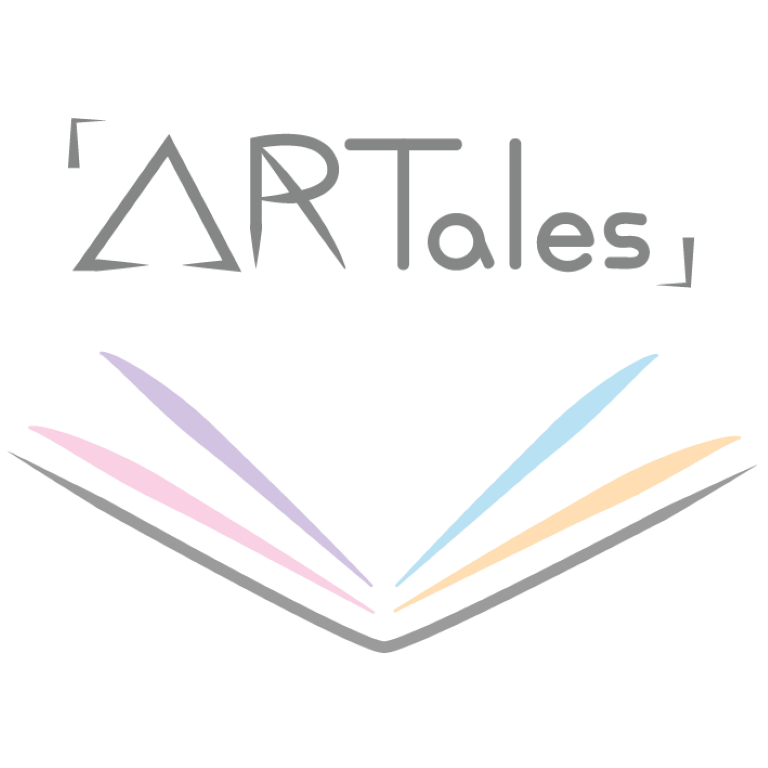After several weeks of modeling and animating, we have created a complete scene with character movement, temporary dialogue audio, as well as interactions. Specifically, the scene is our last scene of the experience, featuring the final dialogue between the guest and the Weird Ghost manager character.

After Halves, one of our feedback notes was again the worry of being behind. Chris Klug, our faculty advisor recommended we tackle our whole project from back to front. Due to our smaller team, we are not able to work on multiple items in parallel. Therefore, to prevent the usual pitfall of focusing too much on the beginning that we run out of time for the end, working in a backwards timeline would help us manage our time and scope, while making sure that we end up with more or less a complete product.
We ran a personnel pipeline test to see how it would be most efficient to divide the job list as we work through our backlog. The current structure that seems to work for us is:
Art –> Animating –> Implementation.
As soon as our artist creates a model, she sends it off to be animated while starting on another model. Since textures can be added after the model is animated, this saves just a bit of time. And in the case that something needs to be changed or doesn’t work, we can catch it earlier and not worry about having to completely redo a finalized asset.
The rest of our Halves feedback showed that we are (in theory) on the right track. The story structure was understandable, the character art was bright and visible, and the proposed mannerisms fit within the character personalities.
